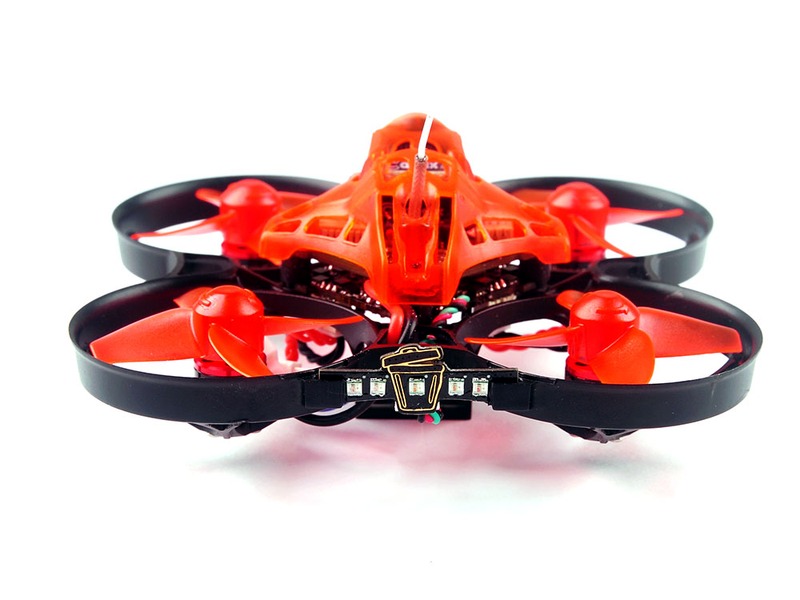Are drones AC or DC?

Drones, or unmanned aerial vehicles (UAVs), are powered by a variety of electric motors. While some of the earliest UAVs were powered by combustion engines, most modern drones are powered by an electric motor, making them essentially electric vehicles.
Whether a drone is AC or DC depends on the type of motor used. In general, electric motors used in UAVs can be divided into two main categories: brushed and brushless. Brushed motors use DC current while brushless motors use alternating current (AC).
Brushed motors are more cost-effective and easier to maintain, making them a popular choice for smaller drones and hobbyists. They are also more efficient than the brushless motors often used in professional drones. However, brushed motors generate more heat and noise than brushless motors, making them less suitable for larger drones.
Brushless motors are more expensive, but they are also more efficient and quieter than brushed motors. Brushless motors require more precise control, making them a better choice for larger, more complex drones. Brushless motors are also lighter, producing less drag in the air and increasing the range and battery life of the drone.
In conclusion, the type of motor used in a drone determines whether it is powered by AC or DC. Brushed motors are generally used in smaller drones and use DC power, while brushless motors are used in larger, more powerful drones and use AC power. Most professional drones use brushless motors for greater efficiency and performance.
Comments / Question
2. Avoid flying in strong winds, as wind gusts can unexpectedly move the drone and cause a crash.
3. Be aware of any aircraft in the area and always keep your drone below 400 feet.
4. Always wear safety goggles when flying the drone in case of any flying debris or objects.
5. Read and understand the operating instructions before attempting to fly the drone.
6. Make sure to fly the drone in a designated safe area away from buildings, roads, and other people.
7. Use the right type of battery and always check the voltage and capacity before use.
8. Fully charge the batteries and inspect the battery cables prior to flight.
9. Ensure that the drone is properly calibrated and balanced before each flight.
10. Regularly inspect the drone for any damage and always transport the drone securely in a protective case.

